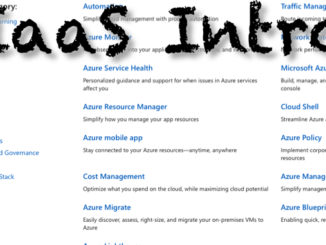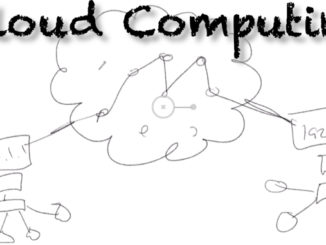Interacting with SaaS
- Direct Interaction – By going to the SaaS website or using their native app you can use their service
- Client Applications – Third party Native applications that can communicate with the SaaS such as Outlook.
- Integrated Partners – Other SaaS companies that integrate with the SaaS such as Quickbooks, or MailChimp to expand on the feature set
- API’s – API’s allow you to code your own solutions that can communicate with SaaS provider
API’s Considerations
- Languages – API’s require you to use specific languages to communicate with them
- Costs – cost scales with use, but can become astronomical.
- Limits – API’s generally have limits on usage which can be confusing to fully understand.
Legal Compliance
- Data Location – Many countries now require their citizens data to be stored on servers with their country. Some SaaS providers allow you to specify where data is stored.
- PCI/ HIPPA – Laws regarding how credit card and health information stipulate specific ways this data must be stored. Compliant SaaS providers follow these standards.
Data Portability
- Data Portability allows you to export your data from SaaS solutions.
- Just because you can export your data does not mean the data will be in a format you know how to use.




Be the first to comment